Environmental monitoring
Environmental Monitoring is one of the most important phases in the design process as is the accurate verification of environmental impacts of different phases of construction and operation of the work. There is a focus on areas of greatest sensitivity, identified for various environmental components interfered. This phase is a result of the implementation and approval of the Environmental Monitoring Project (EMP).
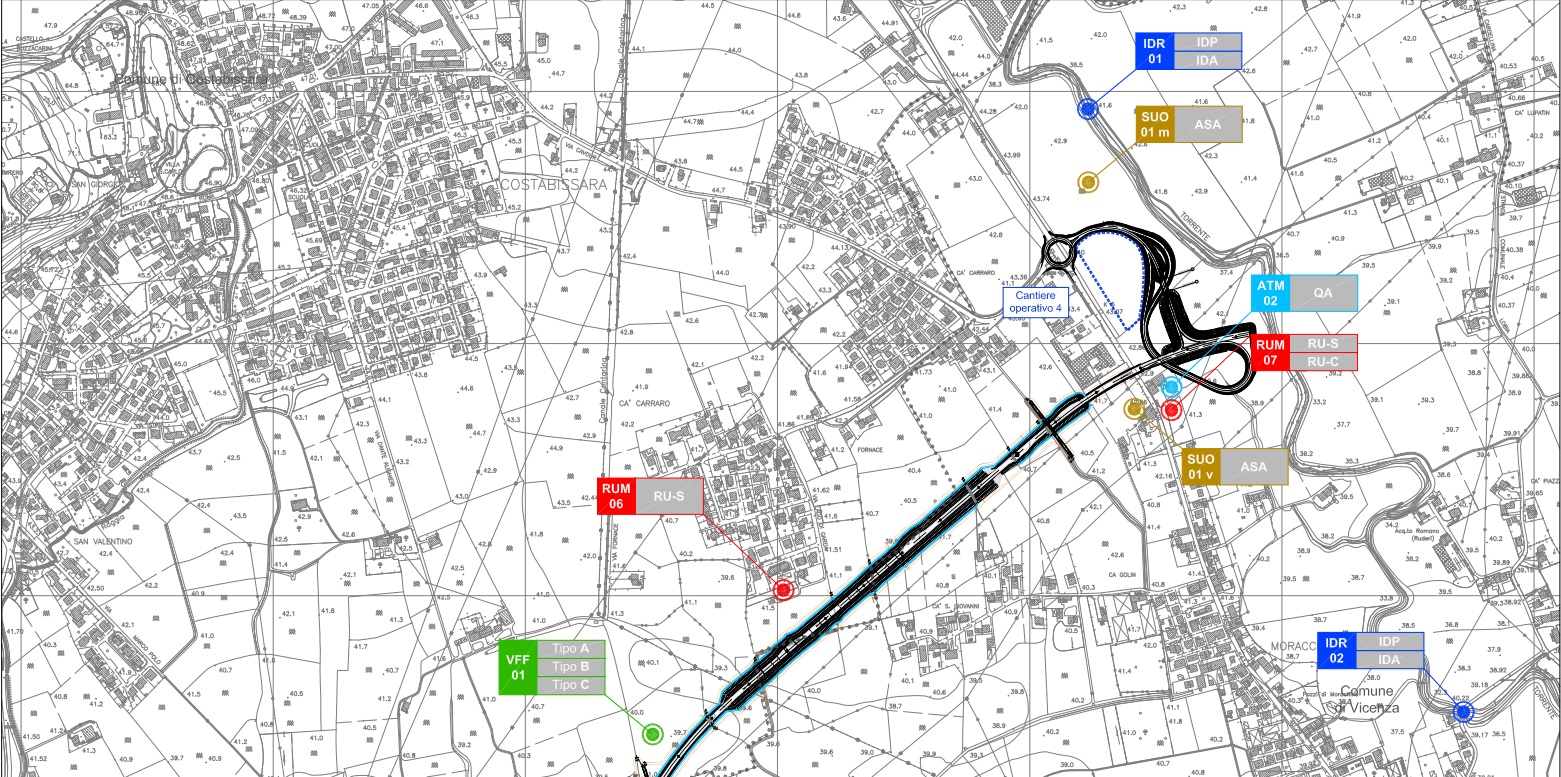
The EMP is drawn up by the proposer of the work during the design stage, with the aim of providing a framework of the overall status of the environment and of evaluating the effectiveness of any mitigation action.
The Environmental Monitoring Project is regulated in Italy by Law 163 / 2006 and is part of the documentation to be produced for final and as built design.
It is an integral part of the EIA process and therefore is included in the Environment Impact Study in accordance with Italian Law 27/12/1988 and 152/2006. It is defined as the tool to provide the real measure of the evolution of the environmental components during different stages of implementation of the project.
Concerning EIA procedures, the regulatory acts that manage the development of EMP are the Guidelines for the preparation of the Environmental Monitoring Project (PMA) of works subject to Environmental Impact Assessment. The document is drafted by the Ministry of Environment and Land and Sea Protection – Department for Environmental Assessments with the contribution of ISPRA. This document is the update of the existing “Guidelines for Environmental Monitoring Project” of Law 21.12.2001, # 443) – Rev. 2 of 23rd July 2007″.
VDP, thanks to its long experience in the field of environmental monitoring, is able to design, plan, organize and manage Environmental Monitoring Projects (EMP) both in national and in international context.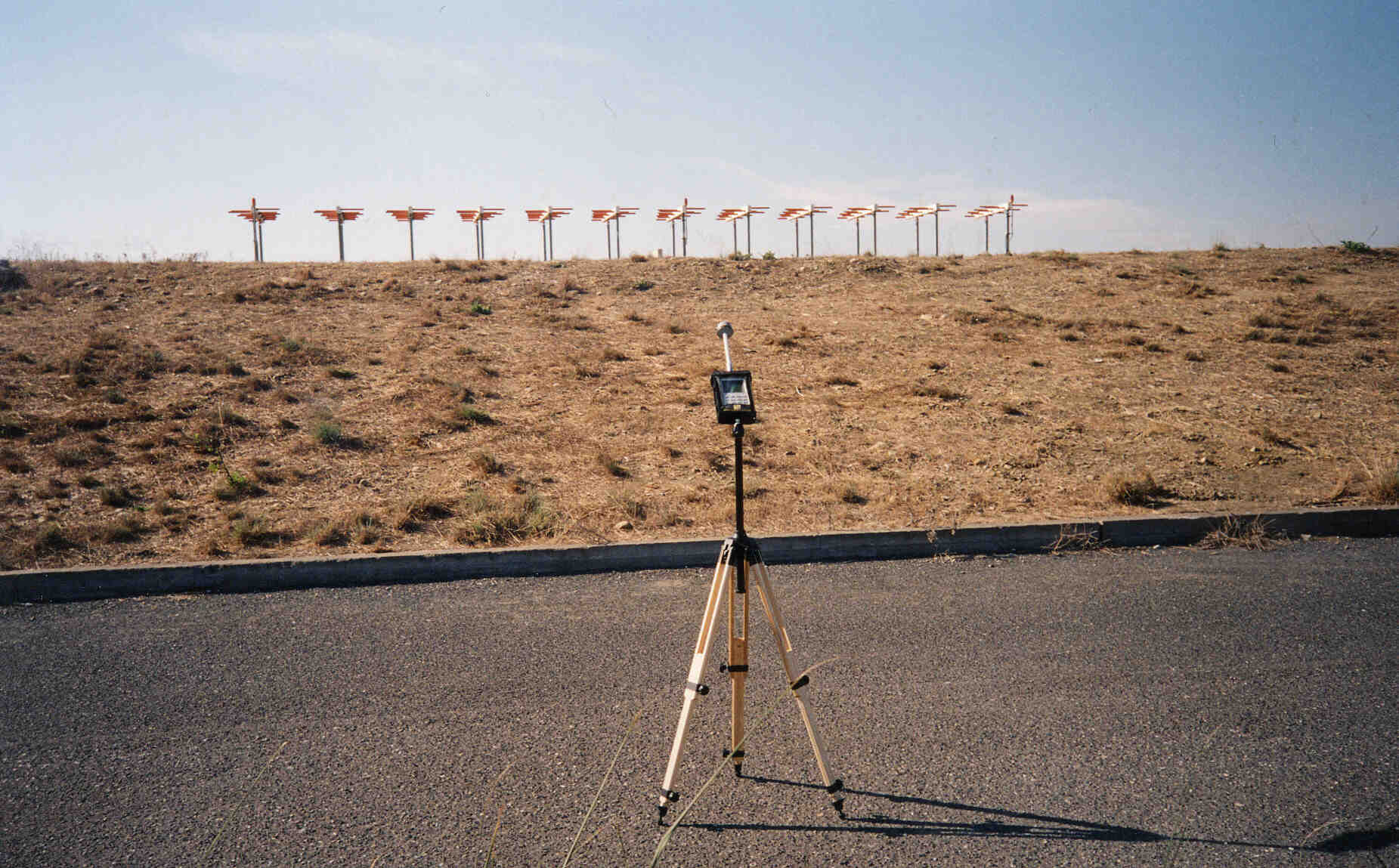
During the preparation of Environmental Monitoring Projects, VDP performs the following activities:
• Development of monitoring plans, taking into consideration all the environmental components and/or environmental key factors (air quality and air pollution, noise pollution, electromagnetism, wildlife, flora and vegetation, terrestrial and marine ecosystems, water and soil quality, landscape, etc…);
• Identification and definition of measuring and monitoring methods, activity planning and survey durations. Criteria for identifying monitoring areas, measurement points, investigation planning, inspection timescales and competent legislation are determined for each environmental factor;
• For each monitored environmental component VDP develops periodic reports containing: quantitative values of the different parameters measured , description of its situation, individuation of potential pollution sources as well as comparison between the measurements and the threshold limits defined by legislation with identification of any critical points;
• Planning and organization of an Information System (IS) for data management and environmental component analysis, in order to provide not only data storage capacity, but also their acquisition, validation, processing, comparison, publication and transmission;
• Definition of communication methods to spread project information including development of specifically dedicated websites.
VDP can rely on a qualified organizational structure, able to manage the monitoring of the different phases, from design to execution, and to perform the necessary interface activity between the Proponent and the Authorities responsible for supervision.

Environmental Monitoring Projects aim to carry out a multidisciplinary assessment of environmental and territorial situation in order to evaluate any changes and/or impacts due to the implementation and operative condition of a new work.
Monitoring activity is composed by three stages: “pre-construction” (which defines the situation existing before work implementation), “in progress” (which verifies potential deviations occurring during construction with respect to “pre-construction” stage) and “post-construction” (which follows intervention completion and assesses the environmental impacts of the work).
These activities involve periodic measurement of specific biological, chemical and physical parameters able to characterize the environmental components being monitored.
Consequently, monitoring should be able to provide data that are comparable with regulatory criteria relating to the various environmental components. At the same time, they must have good resolution to evaluate if the changes measured are linked to the works being carried out or they would have occurred in any case.

Environmental Monitoring Projects, in compliance with the competent Ministry guidelines, pursue general supporting objectives that are necessary to carry out a timely and effective management of the work and to identify specific targets regarding individual environmental components.
The main stages concerning the draft of Environmental Monitoring Projects can be summarized as follows:
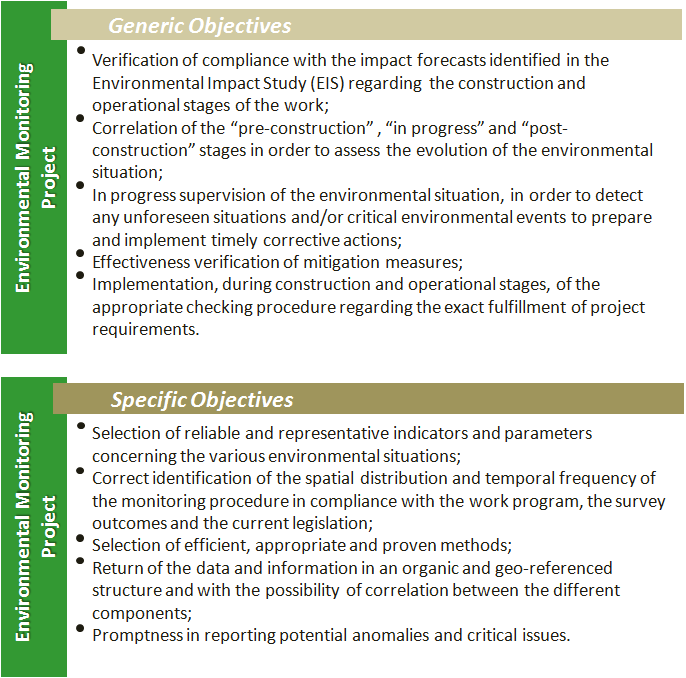
-
 E.I.S (Environmental Impact Study) for the TEFP (Technical and Economic Feasibility Project) railway line Passo Corese – RietiSettore: Railways & Station
E.I.S (Environmental Impact Study) for the TEFP (Technical and Economic Feasibility Project) railway line Passo Corese – RietiSettore: Railways & Station -
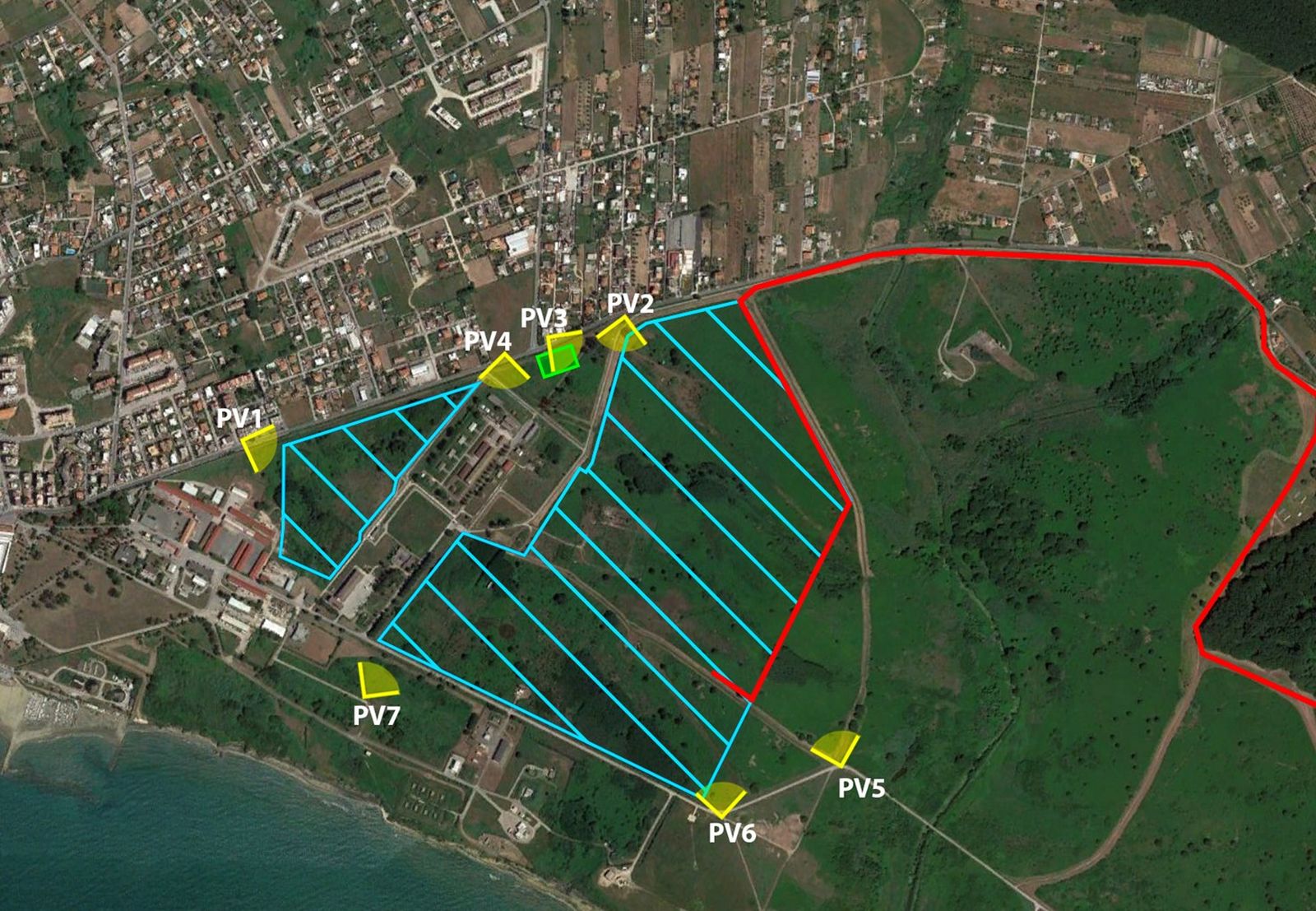 Progetto Definitivo Fotovoltaico a “Nettuno”, RomaSettore: Energy Infrastructures
Progetto Definitivo Fotovoltaico a “Nettuno”, RomaSettore: Energy Infrastructures -
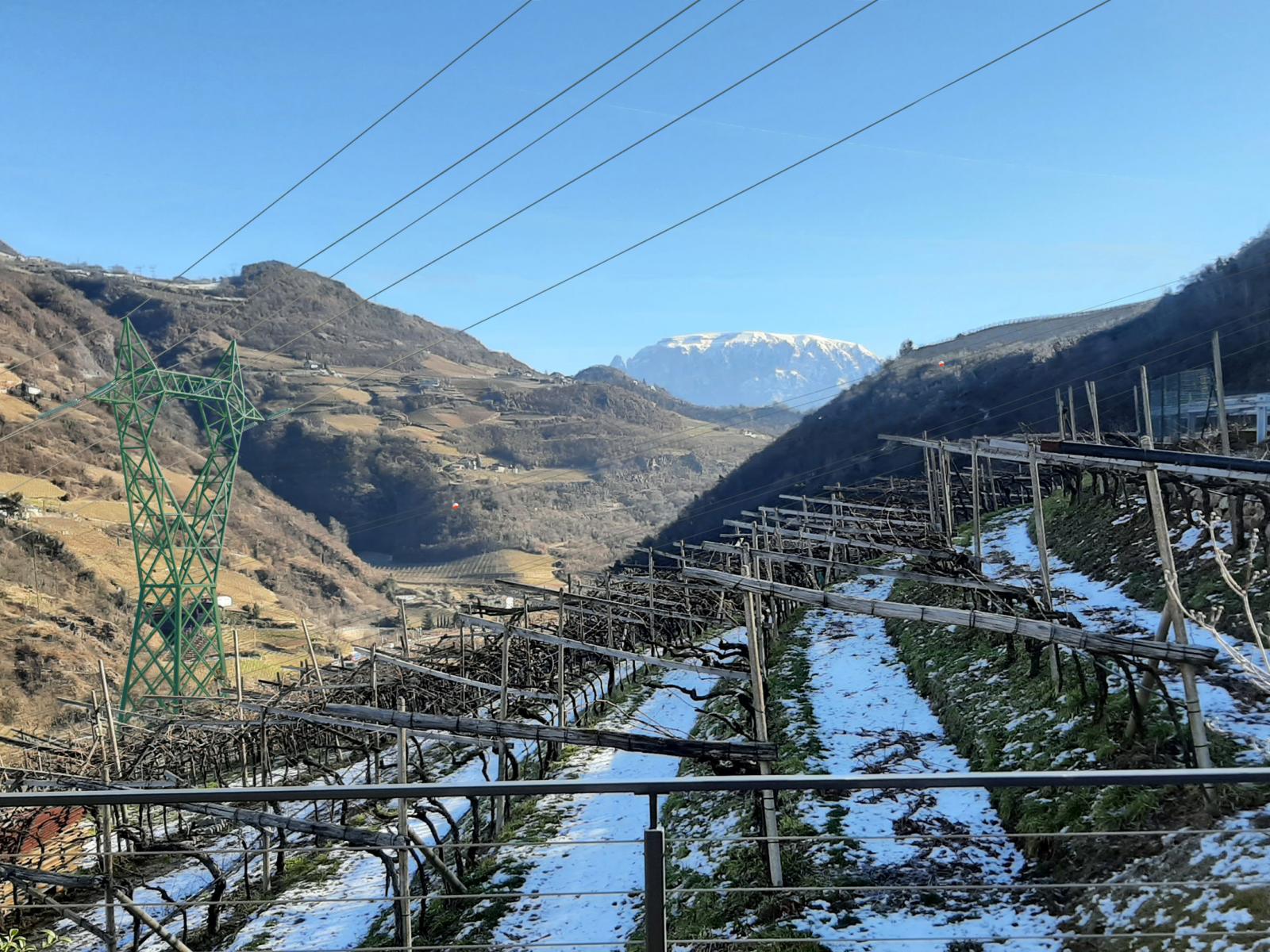 Rearrangement of the NTG in the Eisack Valley – TERNASettore: Energy Infrastructures
Rearrangement of the NTG in the Eisack Valley – TERNASettore: Energy Infrastructures -
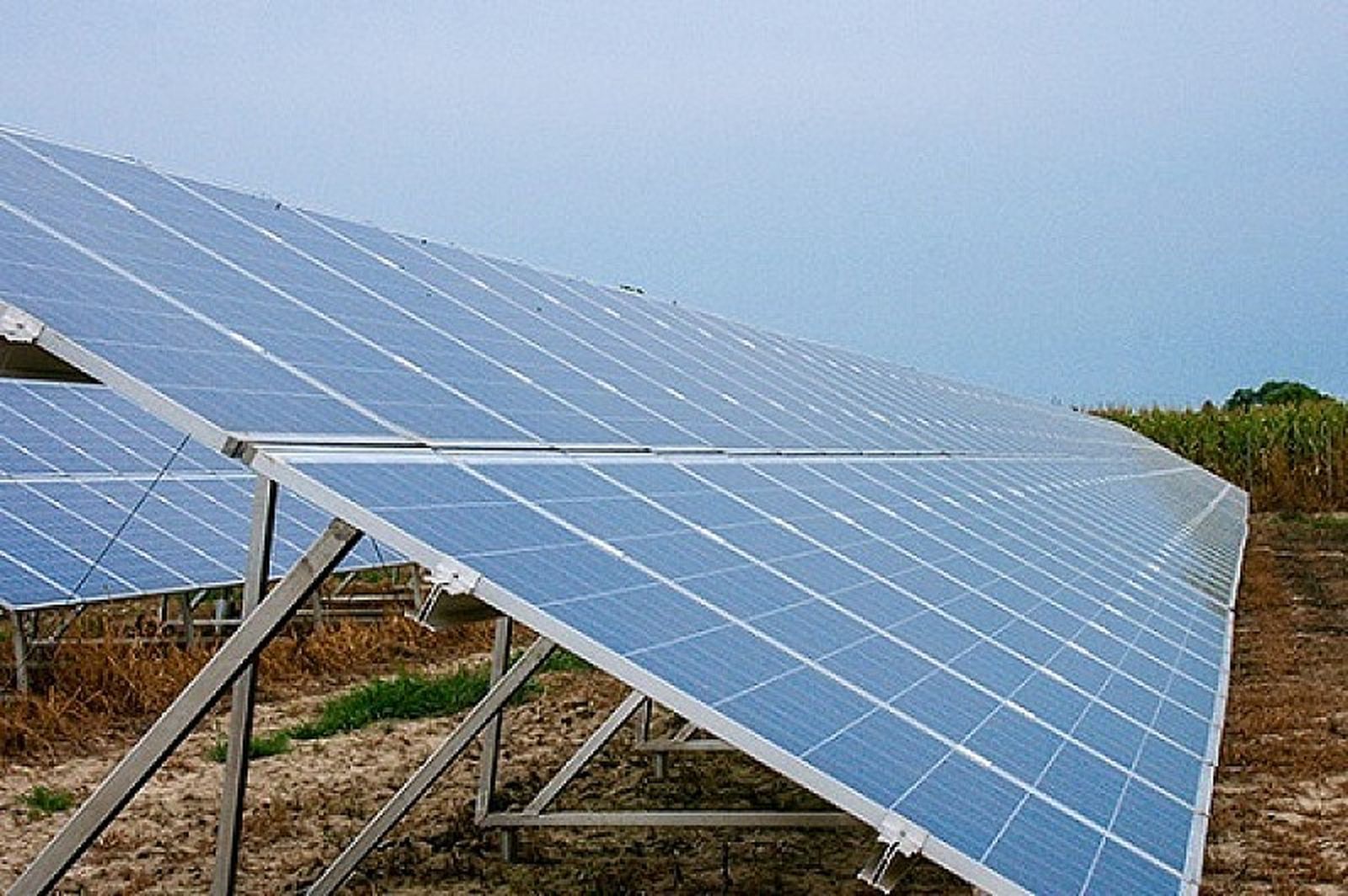 Progetto Definitivo Fotovoltaico a “Santa Severa”, RomaSettore: Energy Infrastructures
Progetto Definitivo Fotovoltaico a “Santa Severa”, RomaSettore: Energy Infrastructures -
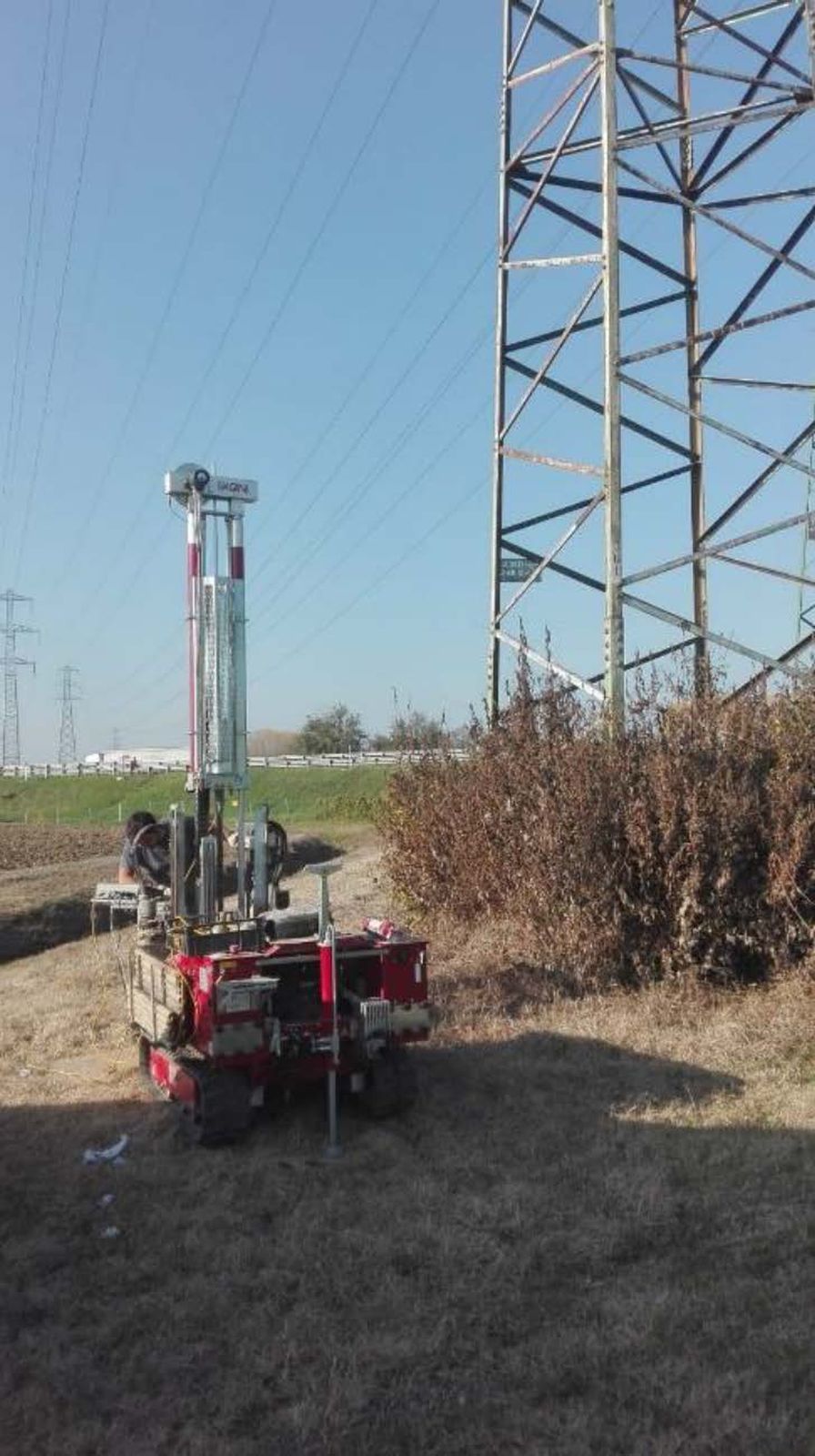 Geology framework agreement – TernaSettore: Energy Infrastructures
Geology framework agreement – TernaSettore: Energy Infrastructures -
 F.A. Engineering Services – ADSP MAR TIRRENO SETT.Settore: Ports and hydraulic projects
F.A. Engineering Services – ADSP MAR TIRRENO SETT.Settore: Ports and hydraulic projects -
 PFTE of tramway LOT 4 and LOT 5 – Rome
PFTE of tramway LOT 4 and LOT 5 – Rome -
 Noise and Vibration Measurements – ATAC Former – RomeSettore: Urban Transport
Noise and Vibration Measurements – ATAC Former – RomeSettore: Urban Transport -
 Framework Contract for the Brescia-Padua MotorwaySettore: Roads & Highways
Framework Contract for the Brescia-Padua MotorwaySettore: Roads & Highways -
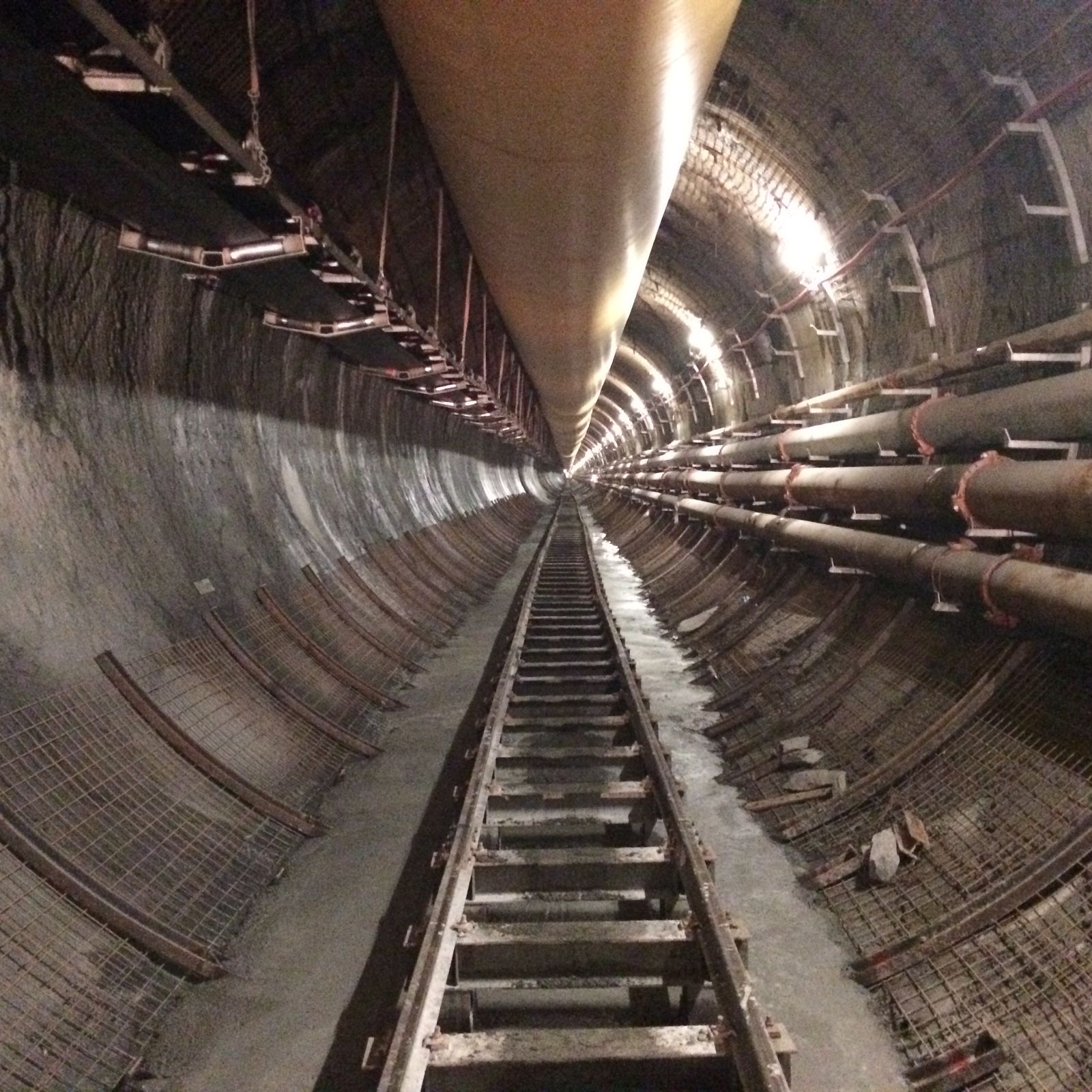 TELT – interchange niches La Maddalena TunnelSettore: Railways & Station
TELT – interchange niches La Maddalena TunnelSettore: Railways & Station -
 Framework Agr. environmental and social assessmentSettore: Railways & Station
Framework Agr. environmental and social assessmentSettore: Railways & Station -
Mitigazione acustica Autostrada Brescia PadovaSettore: Roads & Highways
-
 Framework agreement environmental monitoringSettore: Roads & Highways
Framework agreement environmental monitoringSettore: Roads & Highways -
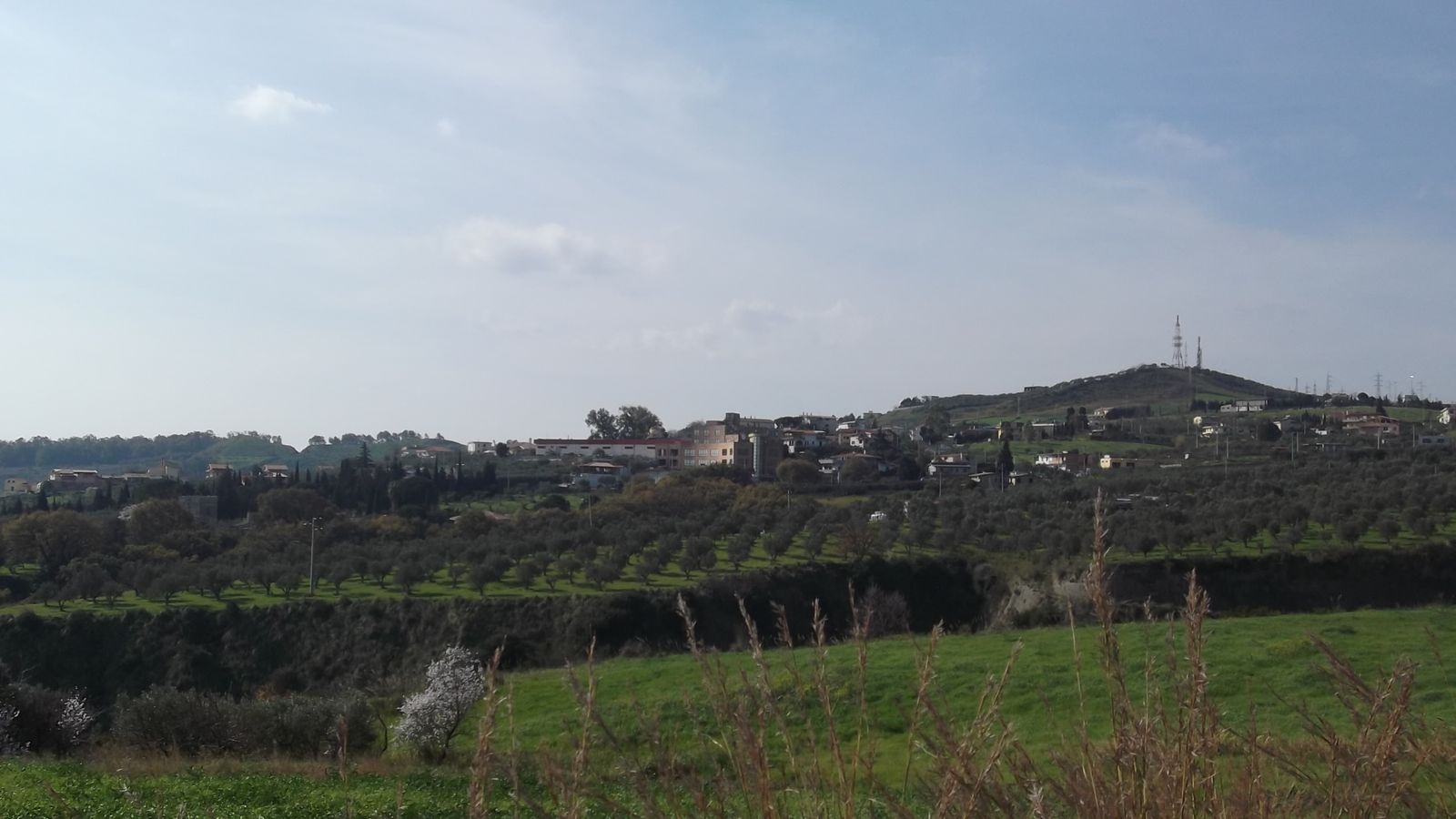 150 kV Powerline Calusia – CatanzaroSettore: Energy Infrastructures
150 kV Powerline Calusia – CatanzaroSettore: Energy Infrastructures -
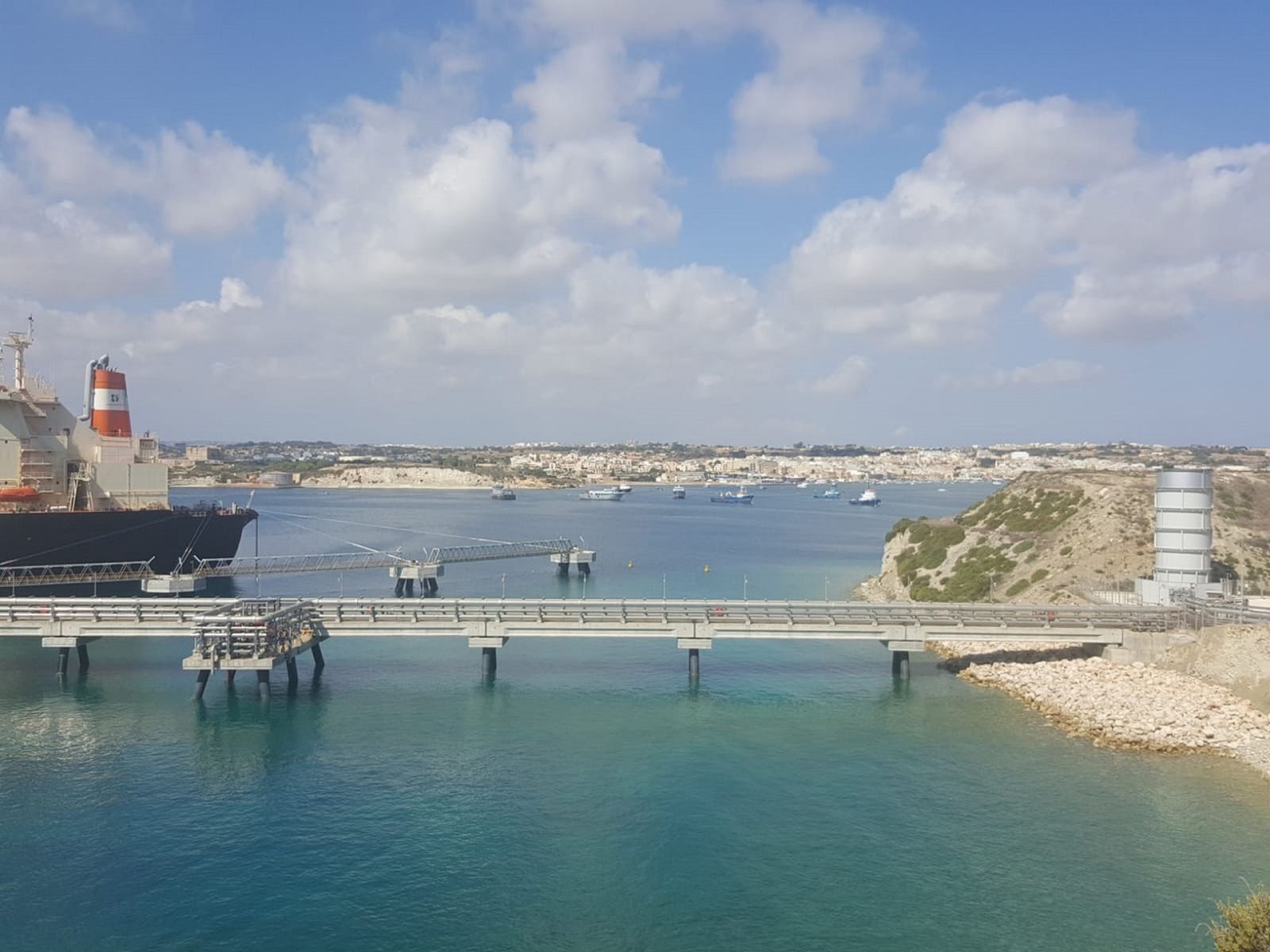 Gas Pipeline Italy-MaltaSettore: Energy Infrastructures
Gas Pipeline Italy-MaltaSettore: Energy Infrastructures -
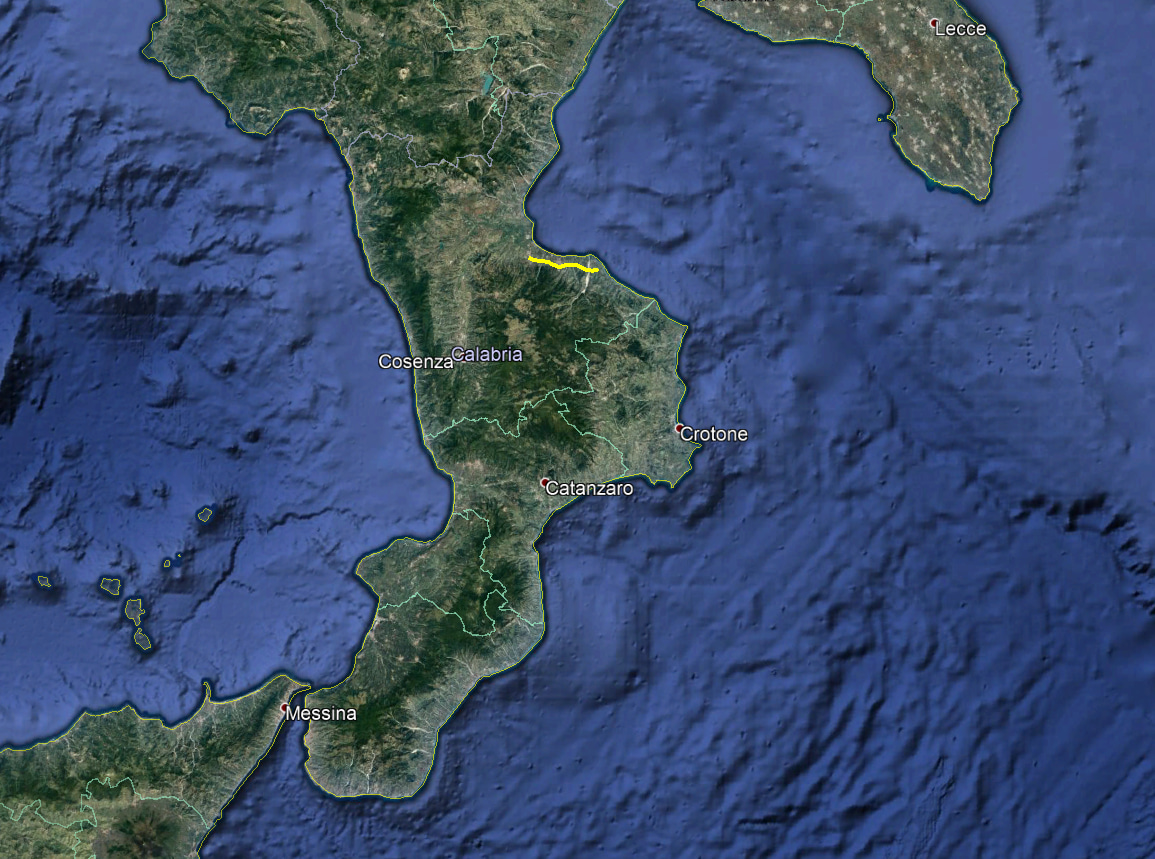 Framework Contract ANAS – State road n.106 “Ionica”Settore: Roads & Highways
Framework Contract ANAS – State road n.106 “Ionica”Settore: Roads & Highways -
 ANAS Framework Contracts – Project in Sicily and SardiniaSettore: Roads & Highways
ANAS Framework Contracts – Project in Sicily and SardiniaSettore: Roads & Highways -
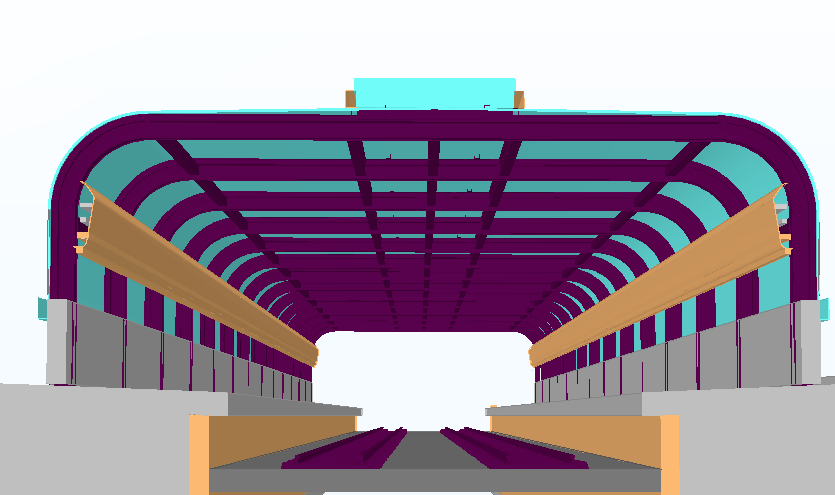 Stabia Scavi Station – Circumvesuviana Railway Line
Stabia Scavi Station – Circumvesuviana Railway Line -
 Circumvesuviana Railway Line
Circumvesuviana Railway Line -
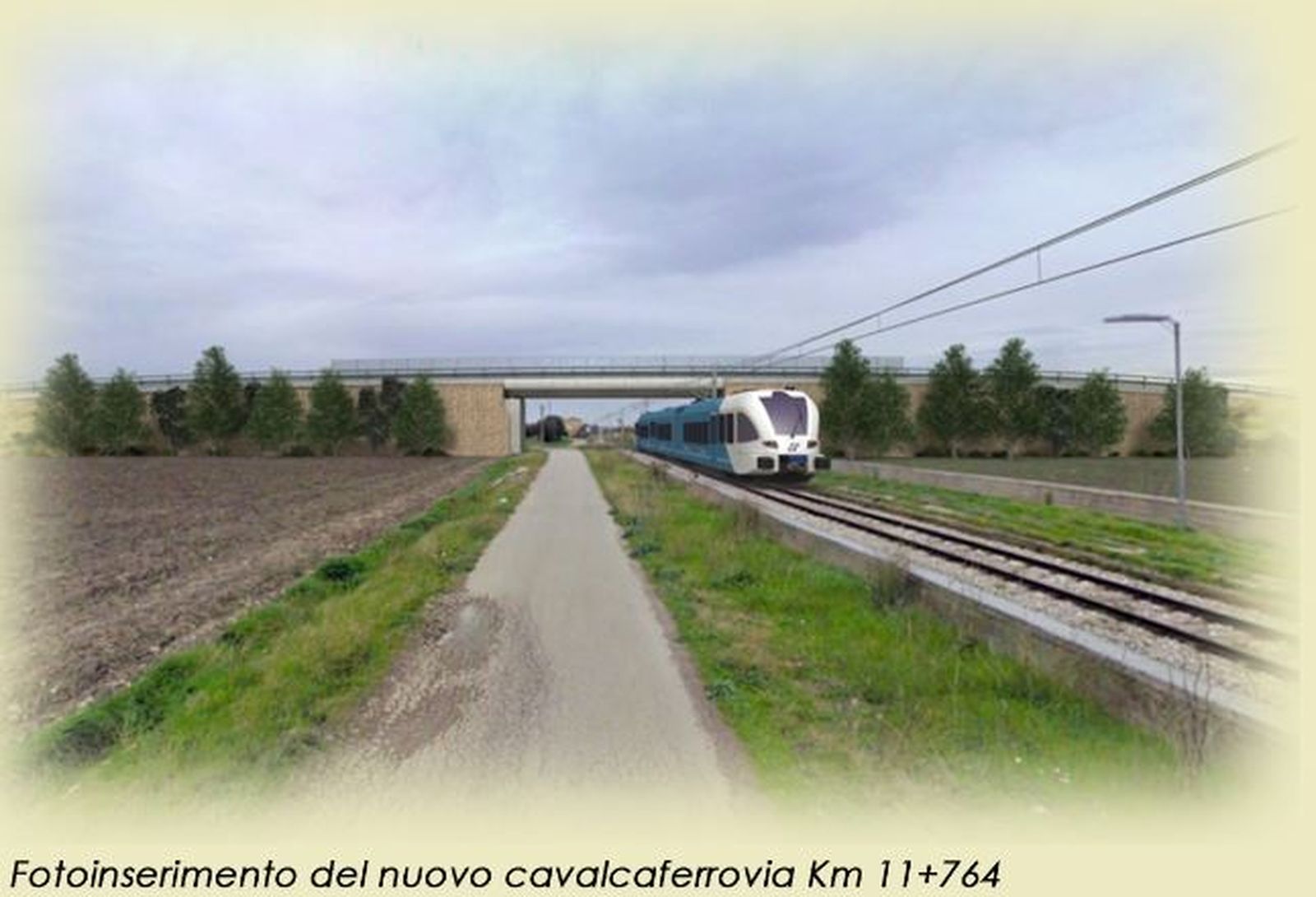 Potenza – Foggia Railway LineSettore: Railways & Station
Potenza – Foggia Railway LineSettore: Railways & Station -
 220 kV Italy – Malta Interconnector – AuthorizationsSettore: Energy Infrastructures
220 kV Italy – Malta Interconnector – AuthorizationsSettore: Energy Infrastructures -
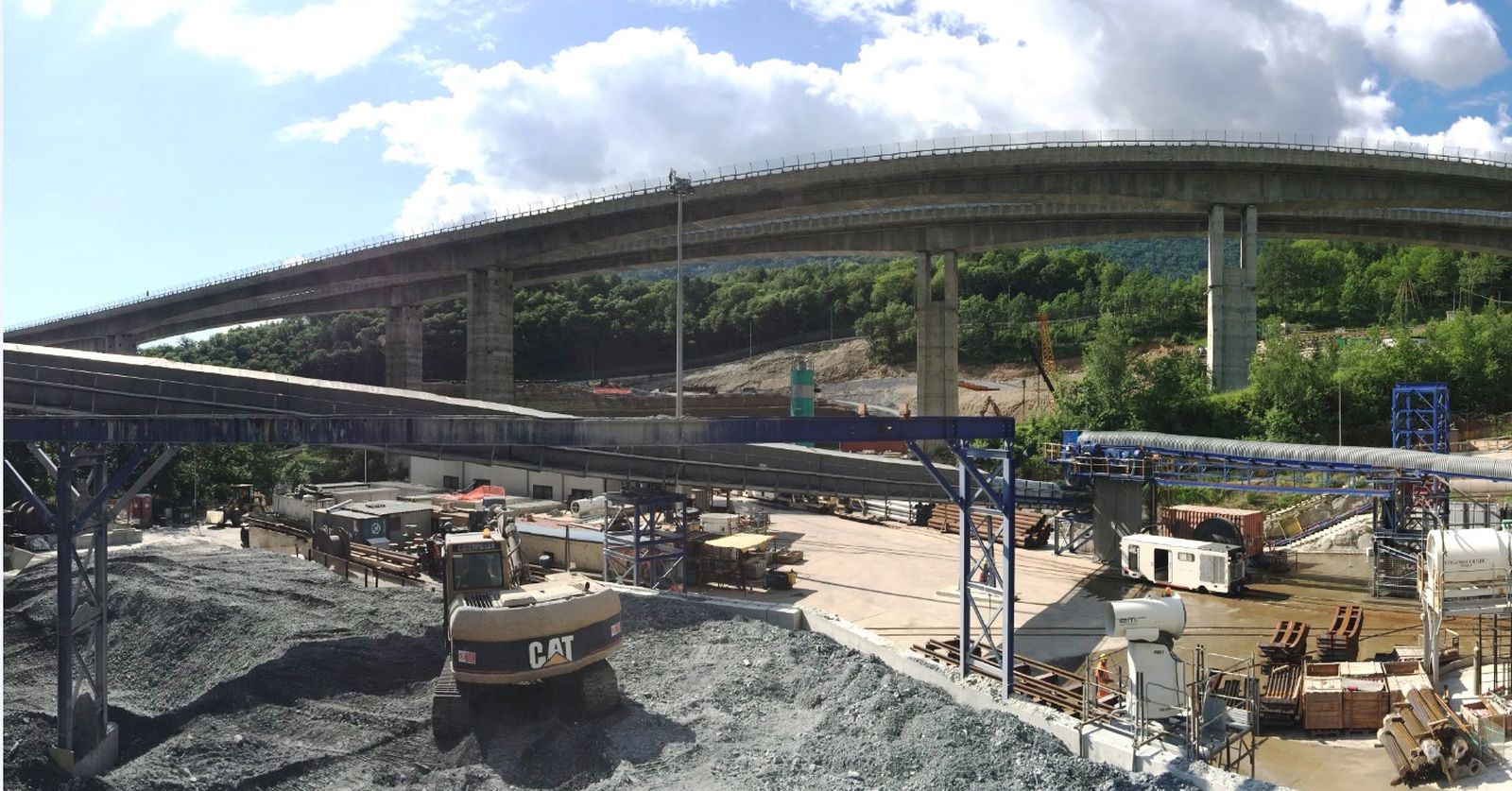 Turin–Lyon High Speed Railway LineSettore: Railways & Station
Turin–Lyon High Speed Railway LineSettore: Railways & Station -
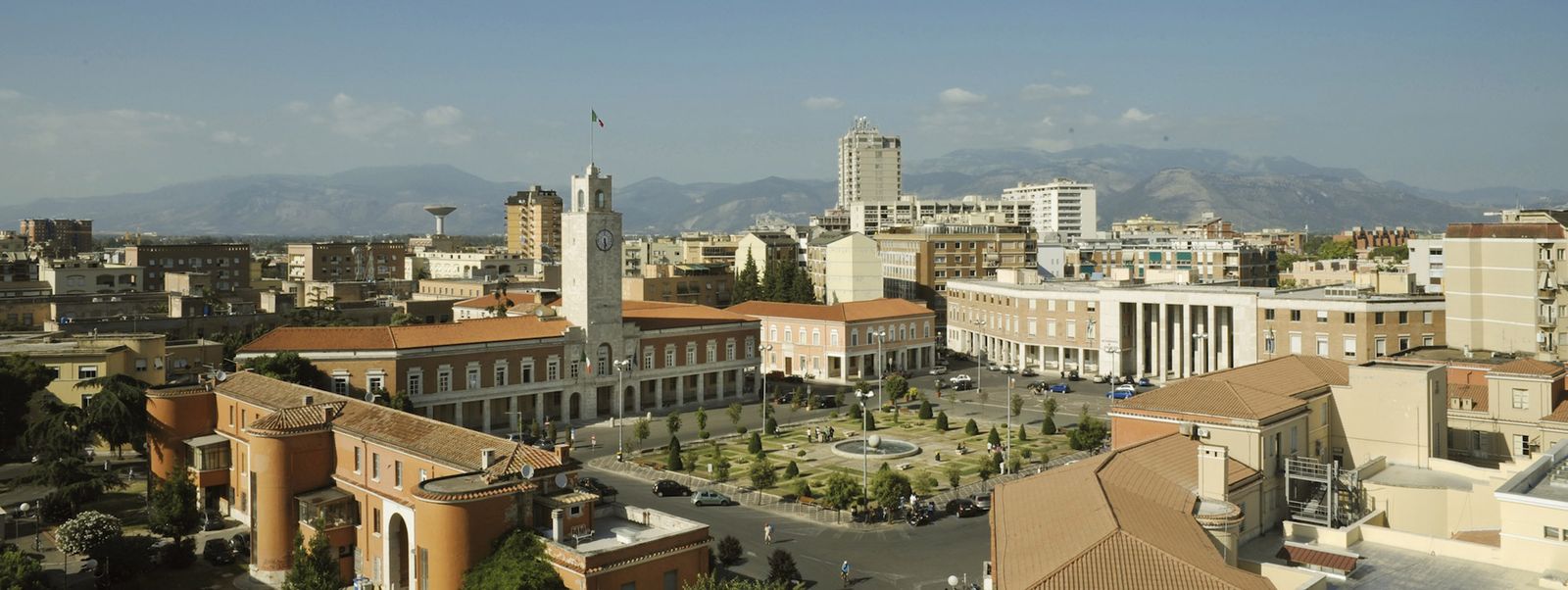 Strategic Noise Mapping of Municipality of LatinaSettore: Public Administrations
Strategic Noise Mapping of Municipality of LatinaSettore: Public Administrations -
 Palermo metropolitan railway serviceSettore: Urban Transport
Palermo metropolitan railway serviceSettore: Urban Transport -
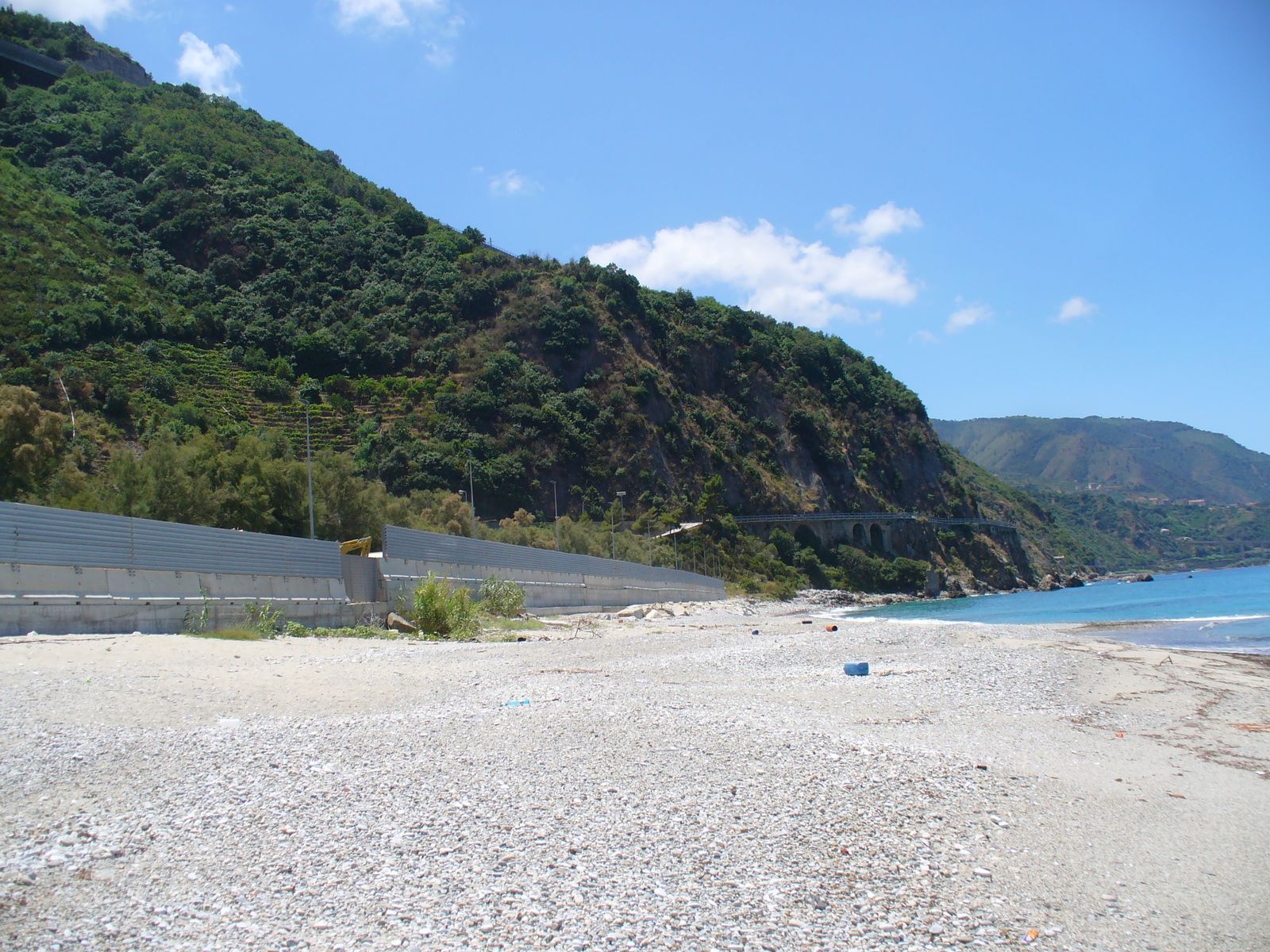 “Sorgente – Rizziconi” 380 kV Power LineSettore: Energy Infrastructures
“Sorgente – Rizziconi” 380 kV Power LineSettore: Energy Infrastructures -
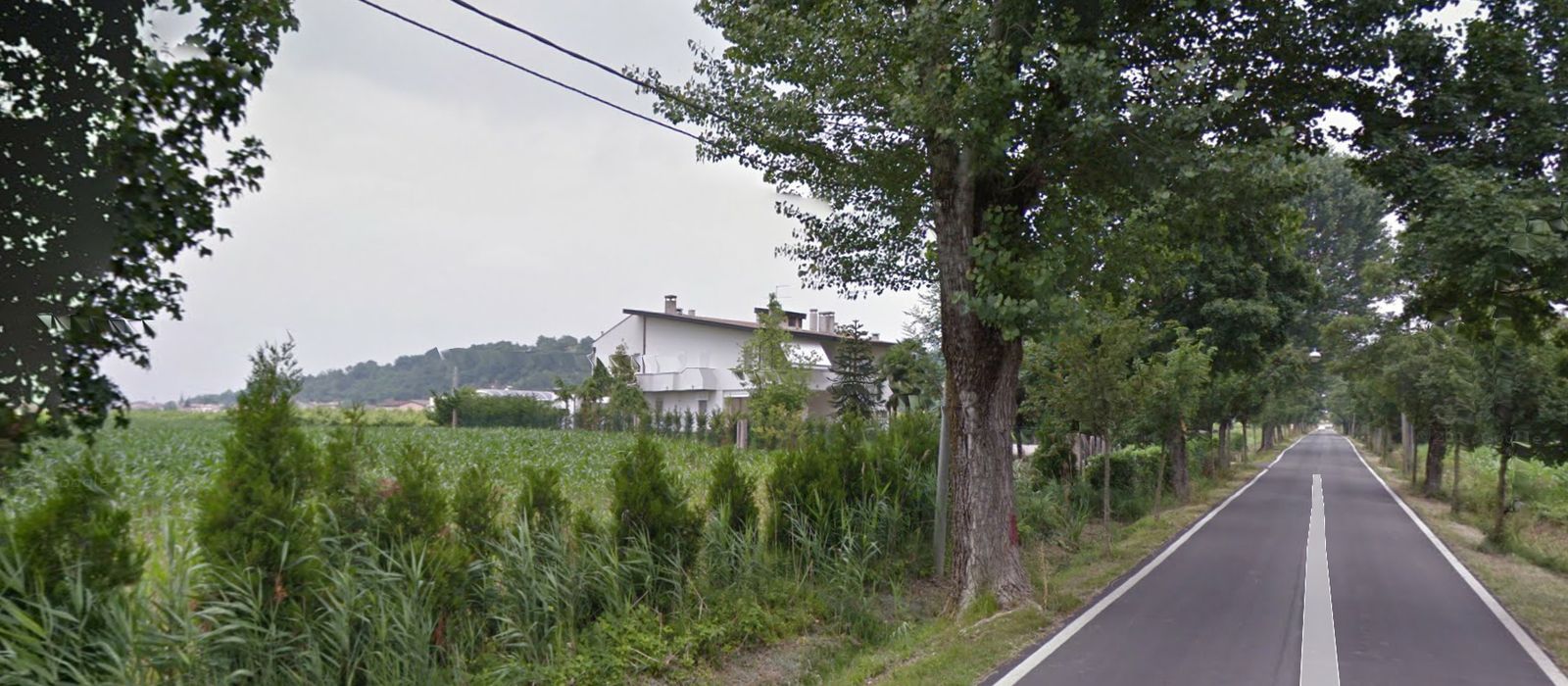 Vicenza Ring Road – Preliminary StudySettore: Roads & Highways
Vicenza Ring Road – Preliminary StudySettore: Roads & Highways -
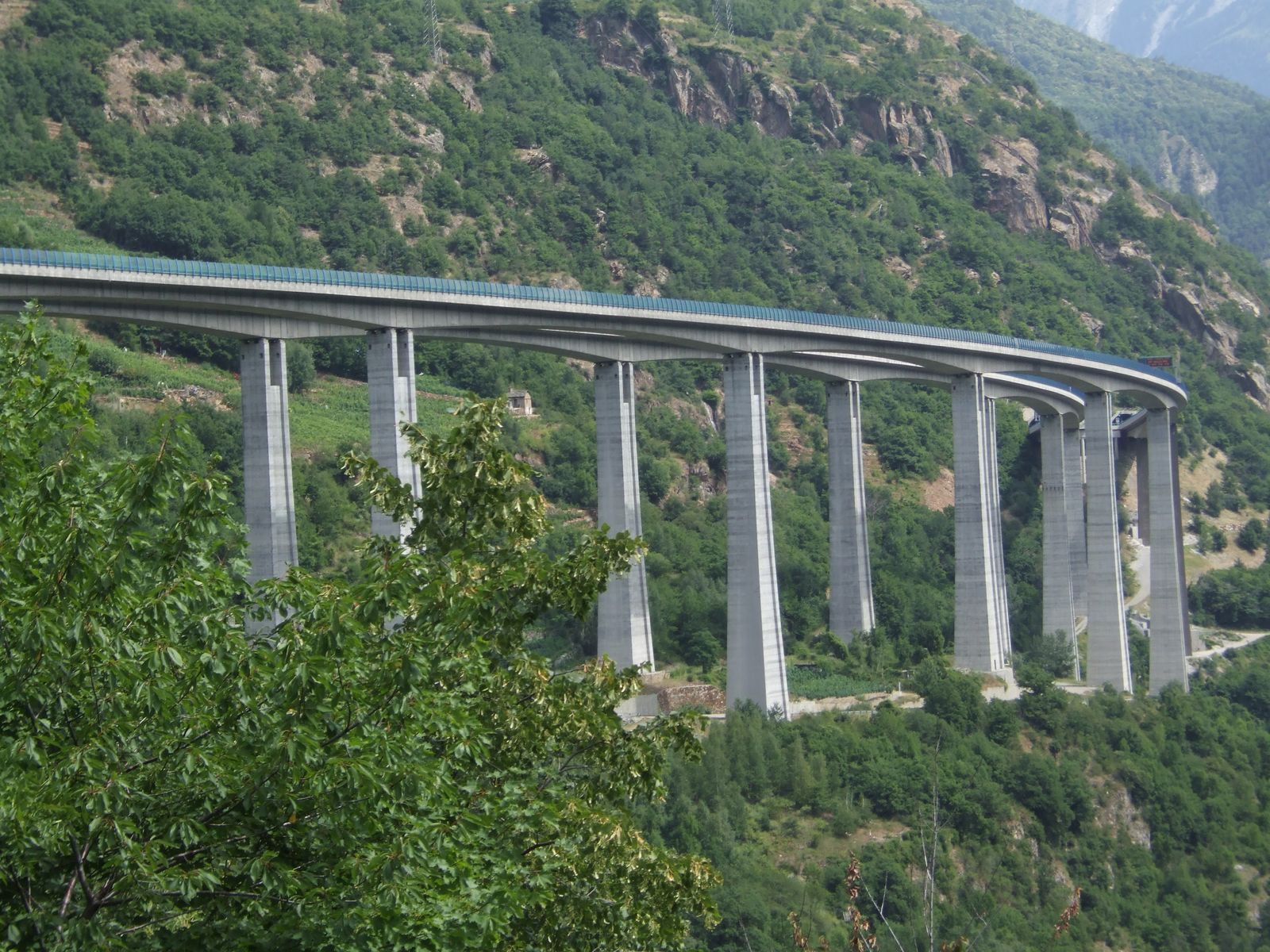 Torino-Bardonecchia Highway – Autoroute de la MaurienneSettore: Roads & Highways
Torino-Bardonecchia Highway – Autoroute de la MaurienneSettore: Roads & Highways -
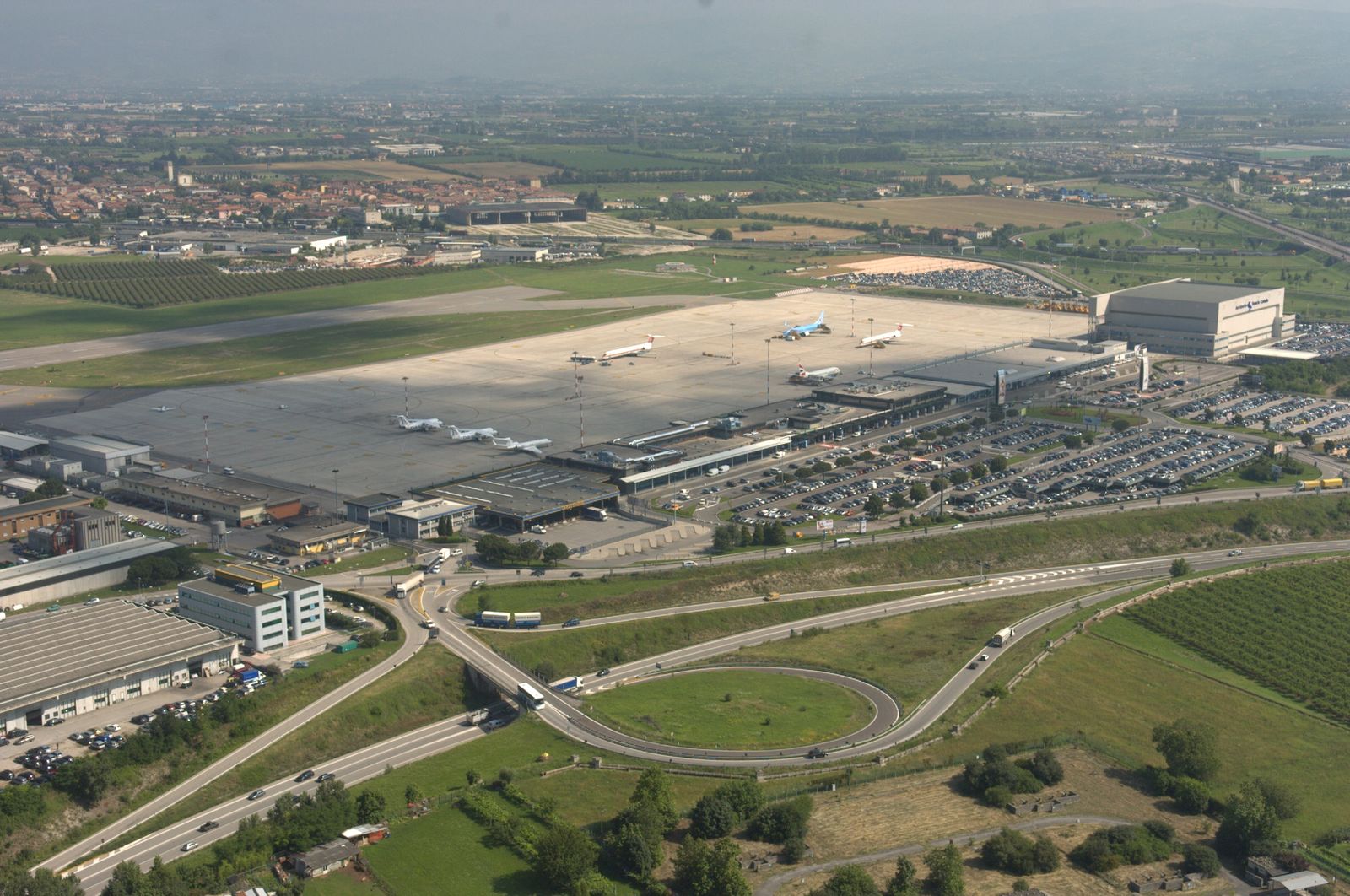 Verona AirportSettore: Airports
Verona AirportSettore: Airports -
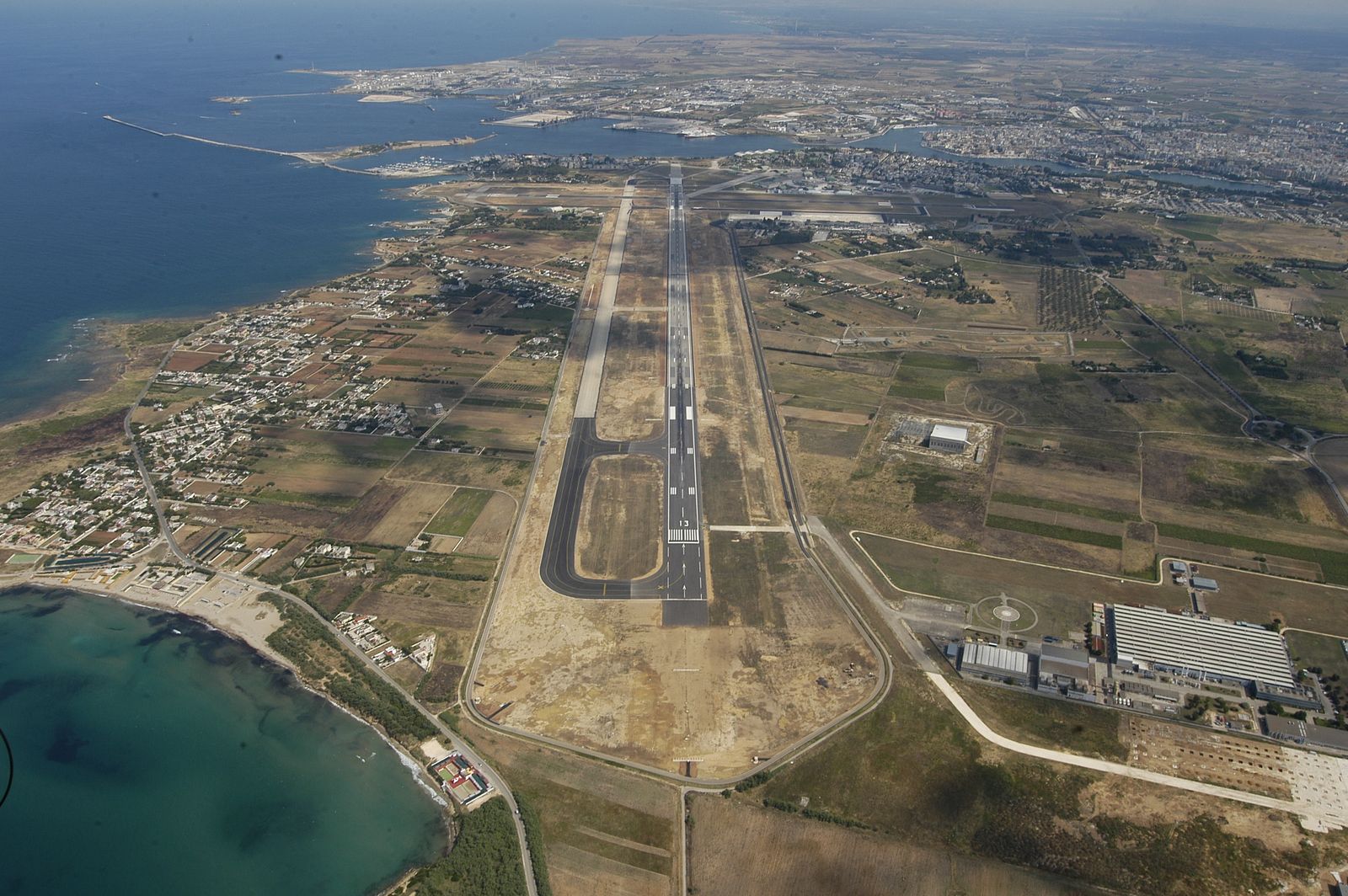 Brindisi AirportSettore: Airports
Brindisi AirportSettore: Airports -
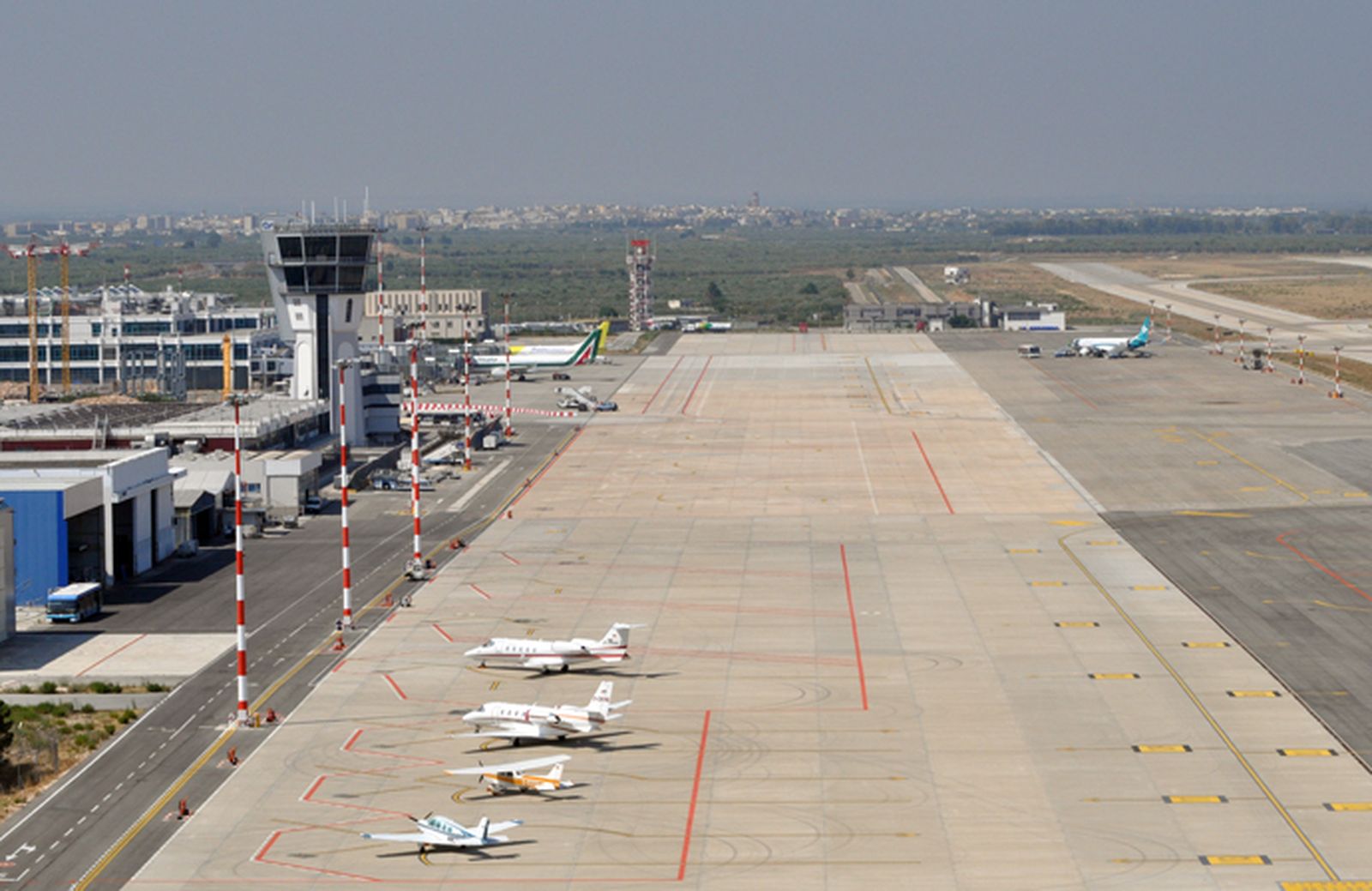 Bari AirportSettore: Airports
Bari AirportSettore: Airports